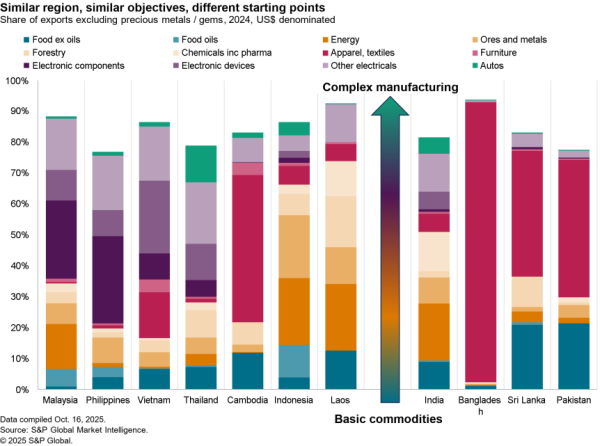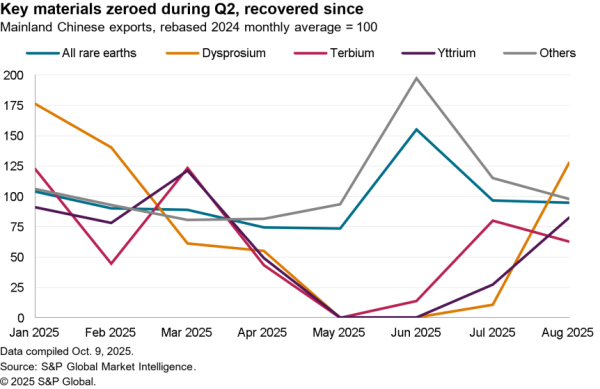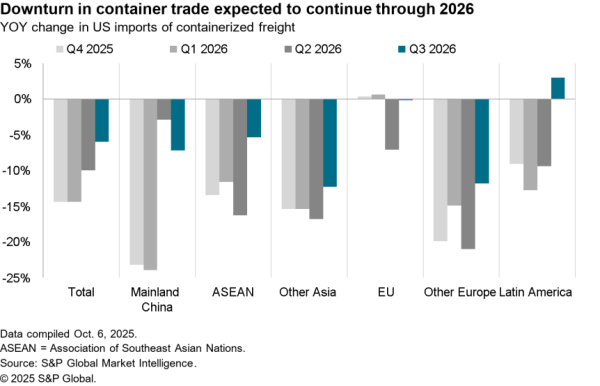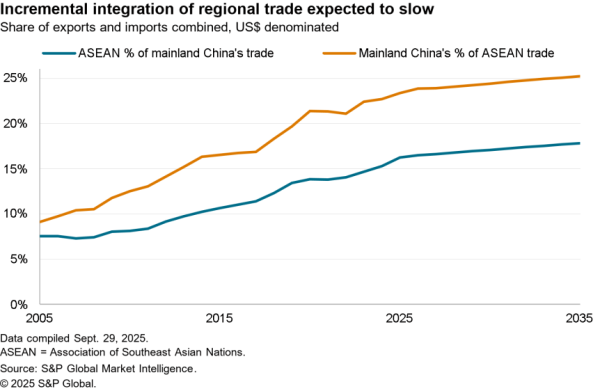The U.S. toy retailing industry has a significant exposure to Chinese suppliers and by extension the disruptions caused by COVID-19 coronavirus. Mattel’s CEO, Ynon Kreiz has stated that “manufacturing of our China facilities resumed on February 17 after a 2-week shutdown” though there are still some limits to employee figures due to quarantines and transportation.
Similarly Hasbro’s CFO, Deborah Thomas, has said that while “the impact to our business has been small” the firm is “working to mitigate the impact of our manufacturing partner factories being closed longer than anticipated, as well as to reschedule the shipments we’ve not been able to make“. In Hasbro’s case the firm has been aiming to diversify its sourcing, though COO John Frascotti has noted that “we still have in the next couple of years will be about 50% out of China“.
Panjiva’s data shows that Chinese suppliers accounted for 84.0% of U.S. toy imports in 2019, close to the 86.2% level seen in 2016. There has been a small increase in shipments from the rest of the world of 7.0% year over year in 2019 versus 3.5% for supplies from China.
From a timing perspective the return to work has been import – seasonally peak imports arrive in July, which equates to sailings in June and production being begun in April and May.

Source: Panjiva
The prior impetus to accelerate supply chain restructuring away from China was the threat of tariffs under the U.S. section 301 program. Under the phase 1 trade deal, discussed in Panjiva’s Jan. 23 report, the risk of tariffs has been removed. In the meantime the proportion of U.S. seaborne imports linked to Hasbro that have come from mainland China – dominated by shipments from Guangdong province – increased in 2019 to 64.5% of the total compared to 56.0% in 2018. In part that reflects a realignment away from Hong Kong that may be linked to the unrest experienced there in 2019.
In Mattel’s case a similar process occurred with mainland China’s share of U.S. seaborne imports linked to the firm increasing to 33.7% in 2019 from 28.1% in 2018 while those from Hong Kong fell to 44.2% from 53.6% and those from Indonesia increased.

Source: Panjiva




